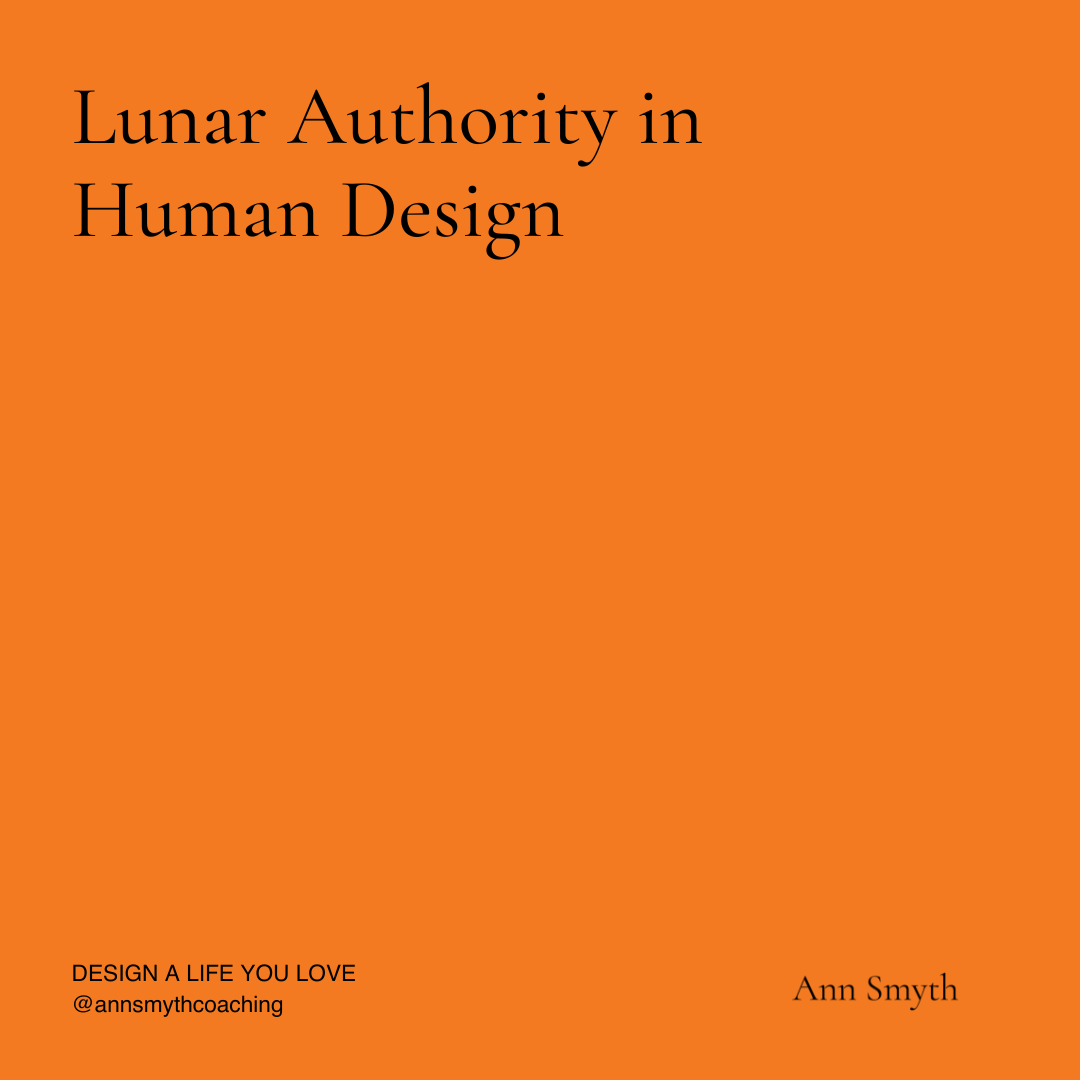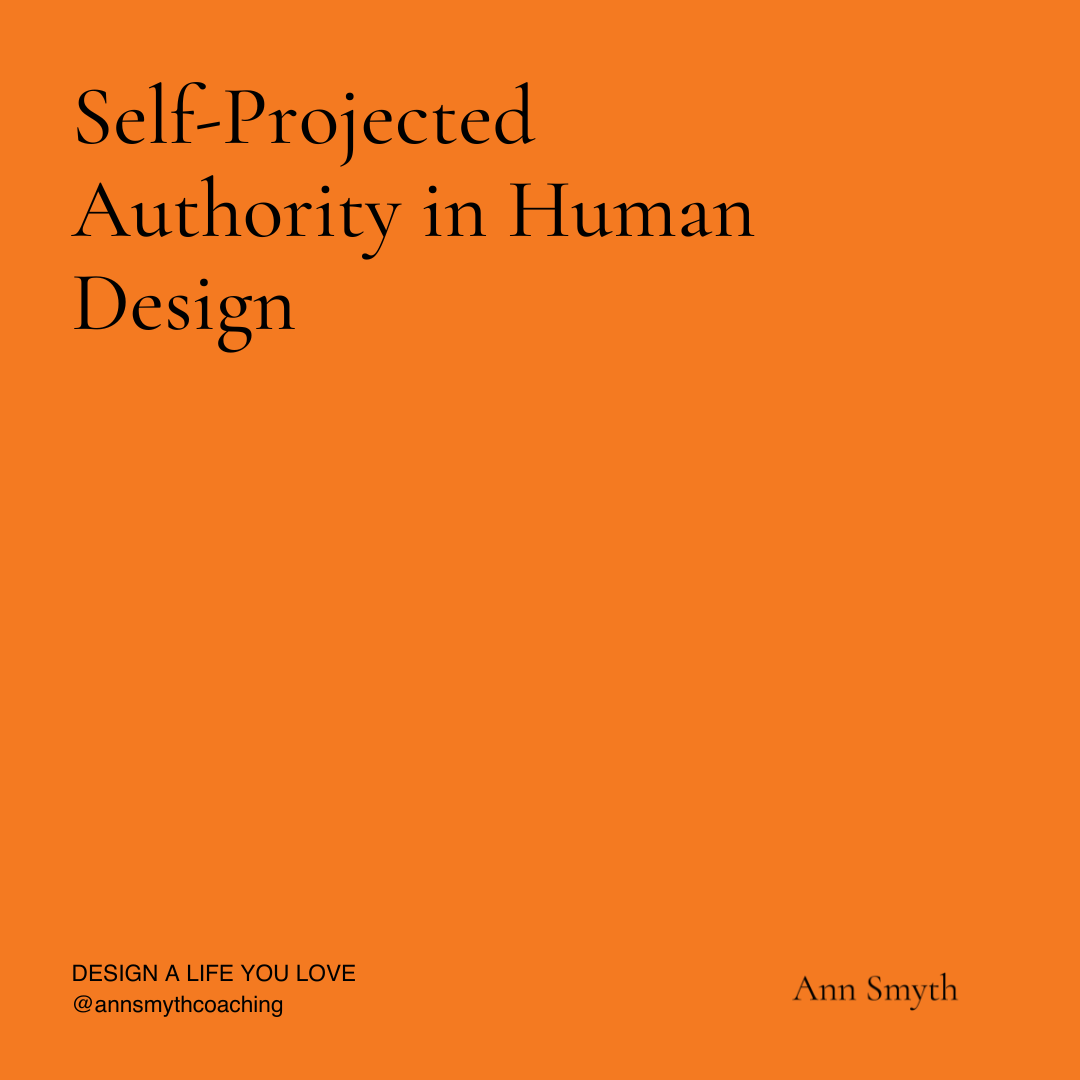12 Ways to Validate Someone’s Experience Without Overexplaining
“Just like children, emotions heal when they are heard and validated.”
We all want to be understood. And yet, in moments of emotional pain or conflict, it’s surprisingly easy to say things that make others feel more alone, not less.
You might find yourself rushing to reassure: “At least it’s not worse.”
Or to fix: “Here’s what you should do.”
Or to explain: “That’s not what I meant, let me explain…”
These are natural reflexes, often fuelled by love, fear, or helplessness. But they often backfire.
Instead of helping someone feel seen, they can create distance, frustration, or shutdown. The person ends up feeling like their emotions are too much, or that they have to manage yours on top of their own.
Validation is different. It doesn’t try to fix, minimise, or interpret. It simply acknowledges: “I hear you. That makes sense. I’m here.”
In this article, we’ll explore 12 simple, powerful ways to validate someone’s experience—even if you don’t fully understand it, or even if you disagree. You’ll also learn the neuroscience behind why validation is so important for emotional safety, regulation, and connection.
By practising this approach, you’re not just improving your communication—you’re offering something far more rare and impactful: the gift of being with someone, without trying to change them.
Why This Works: The Science Behind It
1. How Validation Helps the Brain and Nervous System
Validation activates safety pathways in the brain, including the ventral vagal complex—part of the parasympathetic nervous system that supports calm states, social engagement, and emotional regulation.
When someone feels dismissed or invalidated, the amygdala (the brain’s threat detector) can activate, triggering defensiveness, shutdown, or emotional overwhelm. This is a survival response: invalidation feels unsafe.
But when we validate someone by offering presence, empathy, and attunement, we help deactivate the stress response and co-regulate their nervous system. Over time, this builds emotional resilience, trust, and a sense of belonging.
Validation also recruits the prefrontal cortex, the part of the brain responsible for reflection, reasoning, and impulse control. This means people can think more clearly, feel more centred, and engage more constructively.
In short, validation doesn’t just feel good—it’s a biological intervention that restores calm and connection.
2. When to Use It
When someone is overwhelmed and doesn’t need advice, just space
When you’re in conflict and want to connect without fixing or defending
When you feel unsure of what to say, but want to hold space with care
When a child, colleague, or partner is expressing something emotionally loaded
3. Why It Matters for Communication and Self-Awareness
Most of us didn’t grow up in environments where our feelings were consistently validated. Instead, we may have been told we were “too sensitive,” “overreacting,” or needed to “calm down.” These responses teach us to doubt our emotional landscape—and to fear others’ emotional needs.
Learning to validate without overexplaining is a form of emotional re-parenting. It allows us to break cycles of emotional disconnection, build psychological safety, and engage with people not as problems to solve, but as humans to witness and honour.
And perhaps most importantly, it teaches us how to hold space for our own emotions, too.
12 Ways to Validate Without Overexplaining
1. “I hear you. That sounds really hard.”
Shows presence without shifting the spotlight. Use when someone is in pain, even if you don’t know what to say.
2. “It makes sense you’d feel that way.”
Affirms their emotion without needing context. Use when emotions seem strong or sudden.
3. “Tell me more—I’m here for this.”
Invites continued expression without taking over. Use when someone is hesitant or uncertain whether to share.
4. “Anyone in your situation would feel that way.”
Normalises their response and eases shame. Use when they’re worried their reaction is “too much.”
5. “That sounds so overwhelming. I’m sorry you’re going through this.”
Simple, empathetic statement that soothes. Use when you want to honour their pain without solving.
6. “I can see why this would be upsetting.”
Reflects their emotion while staying grounded. Use when you want to validate without agreeing on every detail.
7. “This really matters. I’m with you.”
Avoids minimising or rushing to a resolution. Use instead of: “At least…” or “Try to look on the bright side.”
8. “What’s been the hardest part for you?”
Encourages them to explore their own story. Use when they seem stuck or are looping in frustration.
9. A gentle nod or warm tone (non-verbal validation)
Sometimes no words are needed—just attunement. Use when you’re sitting in silence with someone in distress.
10. “So what I’m hearing is… did I get that right?”
Shows active listening and checks for clarity. Use when you want them to feel deeply heard without adding your view.
11. “Your experience is unique, and I appreciate you sharing it.”
Resists comparison and recentres their perspective. Use instead of: “That’s like what happened to me…”
12. “However you feel right now, I’m here to listen.”
Offers a safe space without emotional pressure. Use when they don’t need advice—just a witness.
Journal Prompts and Reflections
How does your body respond when someone validates you without trying to fix the problem?
When are you most tempted to overexplain or justify your perspective?
Which of the 12 phrases above feels natural to you, and which feels vulnerable to say?
What do you wish someone had said to you during a difficult moment?
What does “being with, not fixing” look like in your most important relationships?
Suggested Books for Further Reading
Conclusion
At its core, validation is a quiet act of courage.
It says: I can sit with your discomfort without needing to tidy it up. I trust that your feelings are real, worthy, and allowed. And I’m not here to correct you—I’m here to connect.
That’s rare. And powerful.
Because contrary to what we’ve been taught, we don’t build closeness by always having the right answer. We build it by making space for the truth of someone else’s experience—even when it’s messy, uncomfortable, or inconvenient.
Try using just one of the scripts this week. See what shifts in your relationships—not just externally, but internally, too. Validation changes the conversation. And in doing so, it changes the connection.
You don’t need perfect words. You just need your presence, your intention, and a willingness to let someone feel what they feel.
That’s what makes people feel safe. That’s what creates healing.
And that’s what love—real, steady love—often looks like.
Support for the life you are designing
If you’d like personalised support in building confidence, clarity, and nervous system trust, explore my coaching packages designed to help you reconnect with your inner knowing:
👉 Explore Coaching Packages
More to Explore
This post may contain affiliate links.




